In this episode of the omg OMx podcast, Bruker's Kate Stumpo talks to Pelle Simpson, Senior Scientist at Enveda Biosciences. Join them as they discuss how Enveda Biosciences is using natural products to shape drug discovery and the opportunities of natural products in the field of multiomics. Read selected extracts or watch the full podcast below.
Pelle Simpson | omg OMx Podcast | Ep. 6
Your career has followed a diverse trajectory, intensifying your fascination with the realm of science. could you elaborate on your journey and the path that has led you to your present position?
I started my journey in this field by studying analytical chemistry at an undergraduate level, where I had the privilege of interning at several really cool, distinguished labs. Within these labs, I encountered innovative techniques, including reprograms and Gilson autosamplers, enabling precise temperature-regulated fractionation of snake venoms while also acquiring mass spectrometry data.
Fast-forward to my master's program and my tenure at CU Boulder, I started getting into some 3D printing, electrical engineering and I was building a little devices to help myself automate and speed up my work.
In early 2021, I had an encounter with one of the founding members of Enveda Biosciences He was asking around the Mass Spec Facility at CU to see if he could run some samples there. While he was there, he saw one of my little creations and wanted to talk to me about it further, so we organized a Zoom meeting, and next thing I knew I was working part-time at Enveda.
When I started at Enveda, the lab was essentially just a vacant space with a couple of pallet racks along the walls. Fast forward two and a half years, and we have two fully built-out labs, and we are just two months away from moving into a brand-new facility.
From the start, I was really focused on the problem of pinpointing bioactive compounds in complex mixtures of natural products. Now, I am leading the team that is doing just that; I am a senior scientist leading a project on finding bioactive features together with a wonderful team of chemists, biologists, and data scientists.
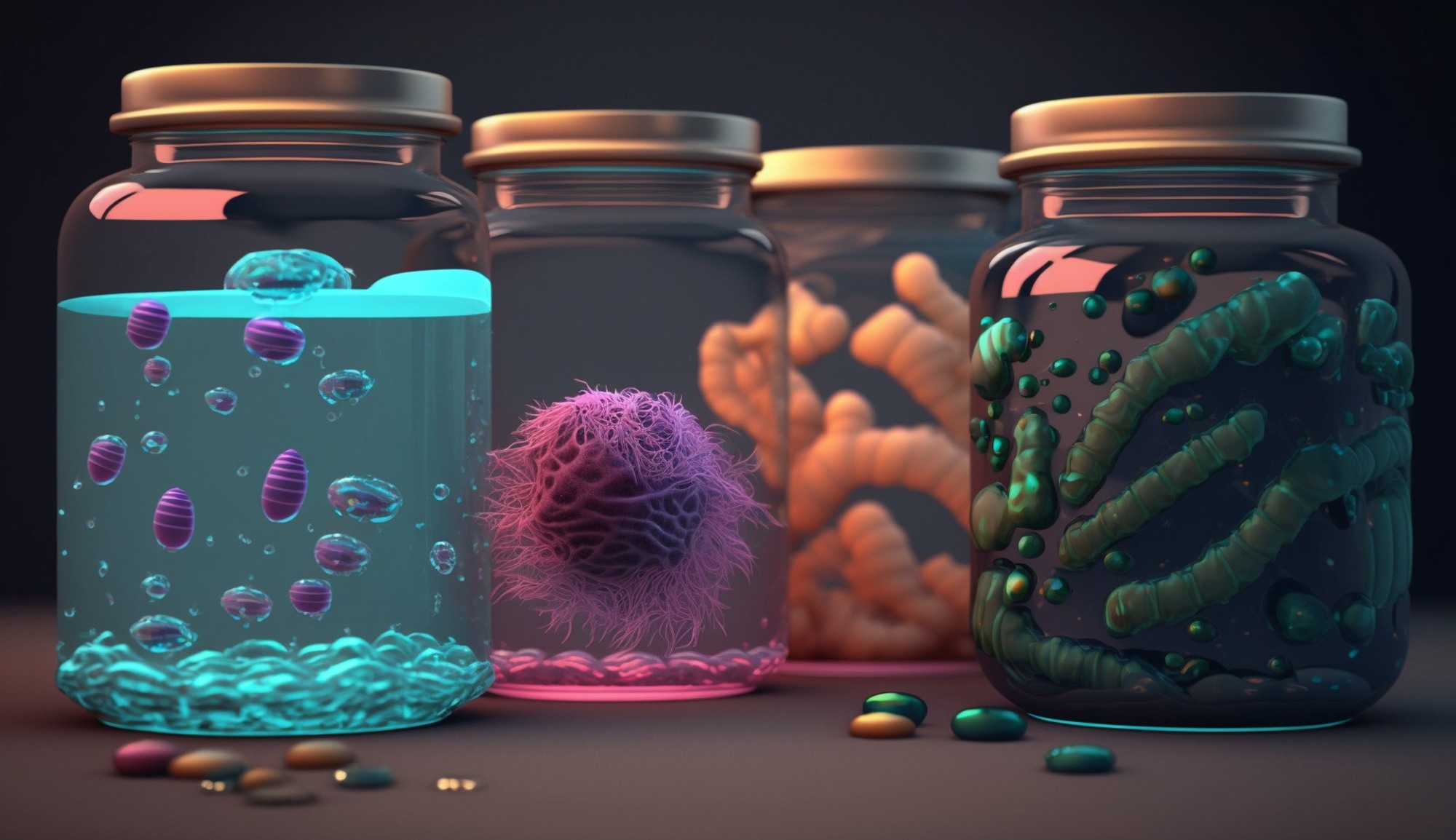
Image credit: Adobe
Can you recall any OMG moments from your training or early experiences at Enveda that stand out?
One particular moment that stands out as an "OMG" moment for me and significantly contributed to my initiation into the mass spectrometry field was during my undergraduate years when I had the opportunity to intern at VU University in Amsterdam.
The core of my project revolved around isolating an anti-microbial compound from a bacterial supernatant, notable for its potent activity against tuberculosis. Initially, I began by employing methodologies already established within the lab. My approach involved manually collecting fractions and applying them to agar plates, where I observed inhibition of growth.
However, within the same laboratory, I could see intricate three to four-well plate assays being conducted on snake venoms. These assays delved into the inhibition of blood coagulation, muscle contraction, and similar complex processes. I soon decided that I wanted to play around with these advanced methods within my work. Thus, with a resolute determination, I set out to upscale my anti-microbial assay to align with these sophisticated methods.
As my experimentation progressed, I achieved a significant breakthrough. The outcome manifested as a distinct and impactful bioactive trace, which I subsequently correlated with the mass spectrometry signal.
This was when it clicked for me that these really sophisticated analytical techniques could be used to find the bioactive needle in the haystack. I think that was my OMG moment. This is where I fell in love with solving these puzzles by combining biological assays with mass spec.
Could you elaborate on the origins of the samples for mass spectrometry? how do you pinpoint where to direct your search within this domain?
In the early stages of Enveda's journey, we meticulously scoured the literature for cues indicating the potential efficacy of specific plants against certain ailments.
So, really, that is where it started. We had this concerted effort to source very specific plants, but over time, we have actually expanded our reach to cover as many plants as we can get our hands on. We are just expanding our library to cast as wide a net as possible because we are now really investing in the platform that can identify those bioactive molecules regardless of their origin.
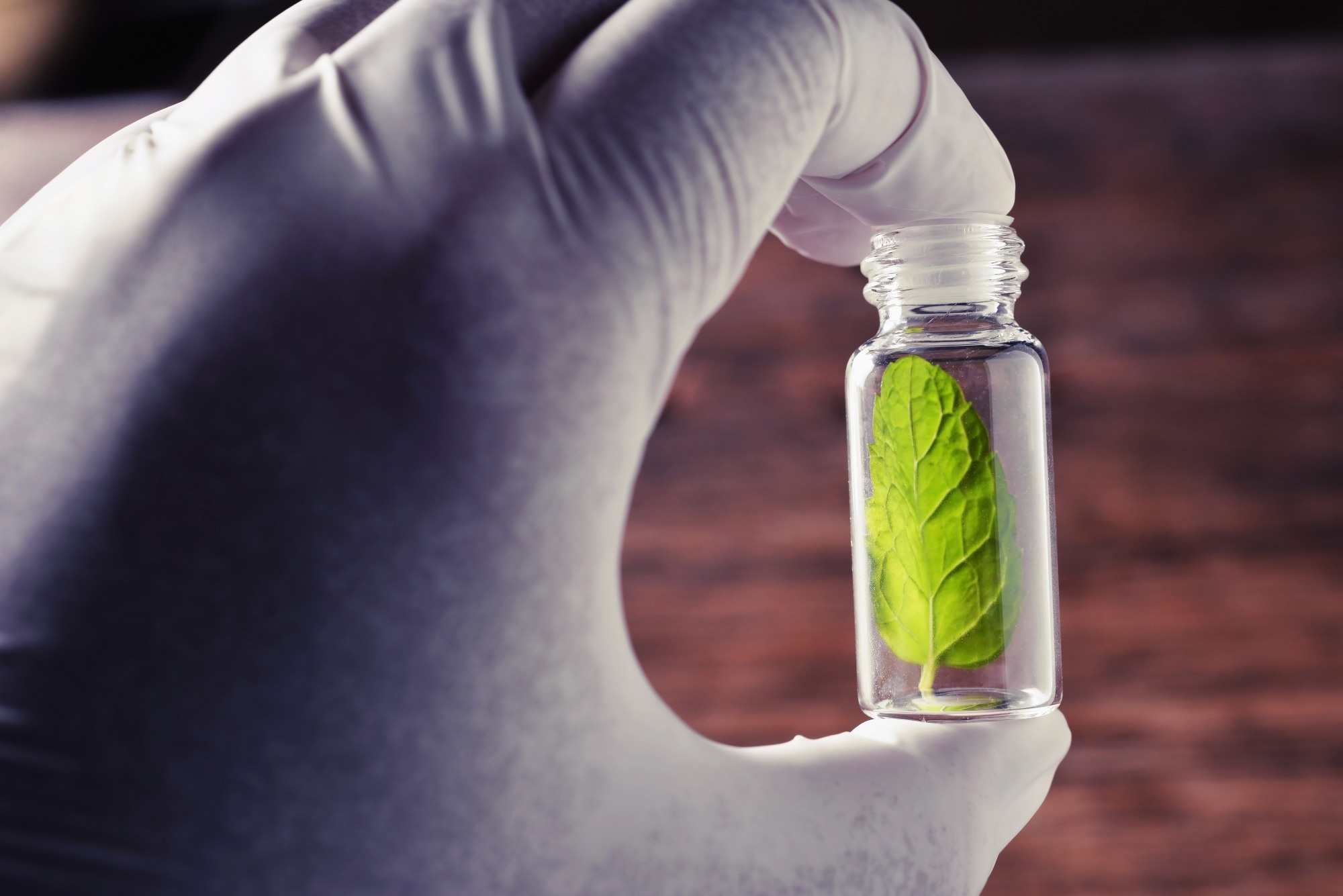 Image credit: Shutterstock/Sisacorn
Image credit: Shutterstock/Sisacorn
Do you have any interesting historical facts regarding your journey? Have you encountered any additional intriguing aspects?
One anecdote that our CEO shared with me early on revolves around his upbringing in India. During his time there, he faced a liver ailment that resulted in jaundice. Despite consulting numerous doctors, his condition persisted. Eventually, a family member suggested a herbal remedy, which he initially approached with skepticism. However, upon trying the remedy, the jaundice gradually vanished.
Despite sounding almost like a miracle cure, there are so many bioactive compounds in the plants that we observe; we just do not yet understand what these compounds are. Thus, the enigma lies in understanding these compounds — our familiarity with their existence contrasts with our limited understanding of their nature. This is what really got Enveda started.
About the speaker
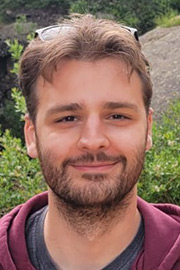
Pelle Simpson is a Senior Scientist at Enveda Biosciences, where he uses his expertise in analytical chemistry, mass spectrometry, and natural products to discover new drugs. He has previously developed methods for the analysis of small-molecule natural products at the VU University in Amsterdam, and has worked on the discovery of cancer resistance mechanisms at CU Boulder. He is also an expert in 3D printing, CAD/CAM, CNC, and lab automation, which he uses to develop new tools and techniques for drug discovery. Pelle is passionate about using his skills to make a difference in the world and is committed to finding new treatments for diseases.
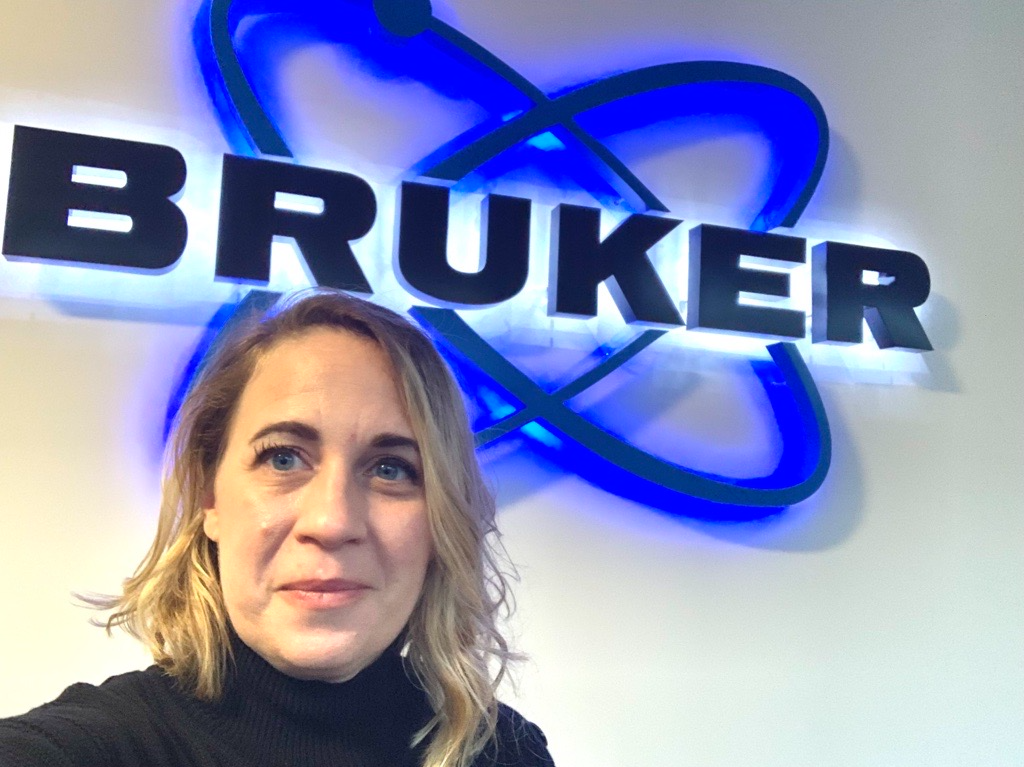
omg OMx host: Kate Stumpo, Senior Market Manager at Bruker
LinkedIn
About Bruker Life Sciences Mass Spectrometry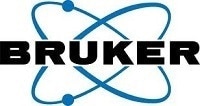
Discover new ways to apply mass spectrometry to today’s most pressing analytical challenges. Innovations such as Trapped Ion Mobility (TIMS), smartbeam and scanning lasers for MALDI-MS Imaging that deliver true pixel fidelity, and eXtreme Resolution FTMS (XR) technology capable to reveal Isotopic Fine Structure (IFS) signatures are pushing scientific exploration to new heights. Bruker's mass spectrometry solutions enable scientists to make breakthrough discoveries and gain deeper insights.